Source of the River Nile – a Mystery?
It is odd that in today’s day with all the technology at our disposal, we would still be debating about the source of the River Nile! And yes, mighty google would only throw up more questions and and confuse our understanding even more! This note is my attempt to give some structure to this ‘mystery’!
As far as I can remember, the source of the River Nile has always been in Jinja, Uganda. The Nile leaves Lake Victoria near Ripon falls in Jinja. I started questioning this assumption when when I visited Nyungwe forest in Rwanda last yearAt the small (but interesting) visitors centre in Nyungwe, there are a series of pictures which mention the Source of the Nile as ‘Nyungwe forest’! Intriguing!
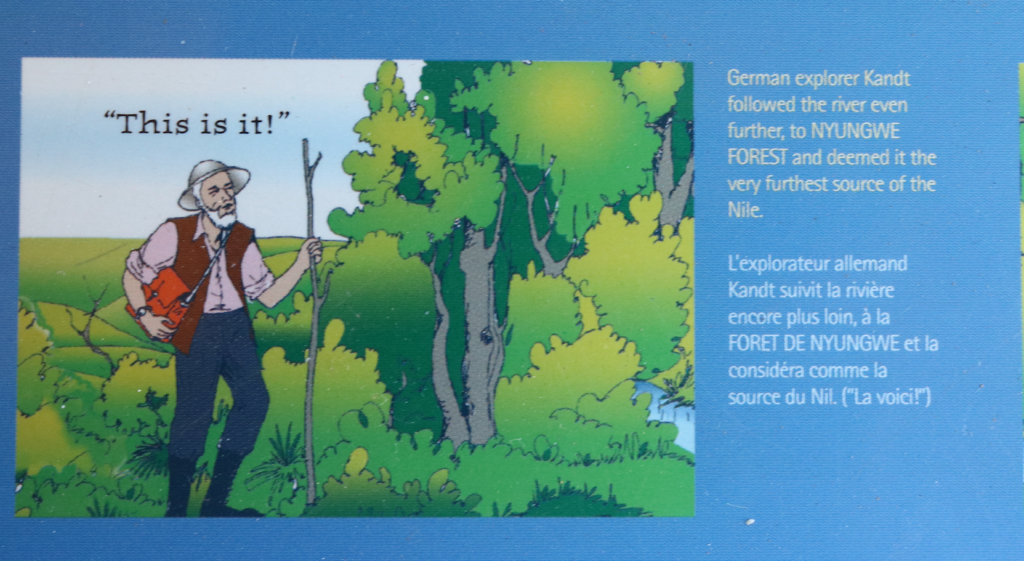
I forgot all about it, until I visited Uganda in February 2020. The standard aspect of most trips to Uganda is a visit Jinja to a point in Lake Victoria. Here a sign proudly announces the ‘Source of the River Nile’. So, now I am confused! Which is the correct claim, and which one is marketing hype for tourism?
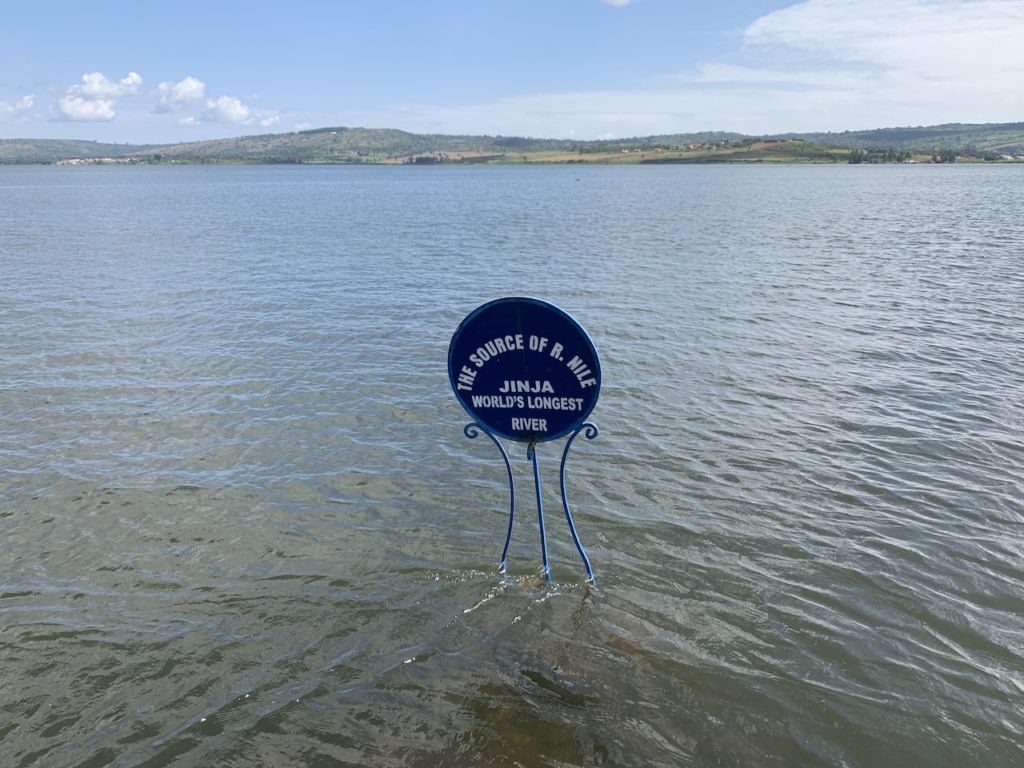
Why is this question of the Nile source so important or fascinating?
The question and search for the source of the Nile has captured the imagination of adventurers for centuries. The list of curious famous personalities includes Alexander the Great and Herodotus from Greece, Cyrus and Cambyses from Persia, Julius Caesar and Nero from Rome. In the first century AE, the Greek philosopher Ptolemy, while resident in Alexandria, Egypt, declared the source to be the mysterious Mountains of the Moon. He was referring to Rwenzori Mountains in today’s Congo and Uganda.
The Romans even had a proverb: Nili caput quaerere or fontes Nili quærere. This is Latin for ‘to search for the head of the Nile’. Applied metaphorically it meant: to attempt the impossible / problems that seemed unsolvable; hence, a mad endeavour!
This intriguing question was supposedly ‘settled’ once and for all only centuries later. The search had all the trappings of Victorian era mystery and adventure. It included famous names like John Speke, Richard Burton, David Livingstone, Henry Stanley and Samuel Baker (as well as his famous wife – Lady Florence Baker). (you can read more of this in these two interesting summaries of the side stories:
https://www.thegreatcoursesdaily.com/source-of-the-nile-river/
https://www.express.co.uk/expressyourself/270144/How-the-source-of-the-Nile-was-finally-uncovered)
Before we get into the correctness or otherwise of this claim, let us try and understand what one defines as a ‘Source’ of a river body?
What is the Source of a River?
It is customary to regard the longest tributary or stem as the source, regardless of what name that waterbody may carry on local maps and in local usage. This most commonly accepted definition of a river source specifically uses the most distant point (along the waterbody from the river mouth) in the drainage basin from which water runs year-around (perennially). Or alternatively, the source is the furthest point from which water could possibly flow ephemerally (i.e. the path along which water flows at any point of the year and not necessarily perennially).
By this logic, basically, the furthest point from the mouth of a river is to be considered as the birthplace of the river. It may well be possible that the this ‘source’ is basically a stream and it need not necessarily be a perennial source of water as well!!
Thus, a river source is never a confluence but is “in a location that is the farthest, along water miles, from where that river ends.” Therefore, neither a lake (excepting lakes with no inflows) nor a confluence of tributaries can be a true river source, though both often provide the starting point for the portion of a river carrying a single name.
Why has the Lake Victoria considered the source of the River Nile?
The main tributaries of the Nile are the Blue Nile, White Nile and the Atbara. Though the Blue Nile contributes nearly 85% of the volume of the Nile, the White Nile is the longer tributary. Hence the White Nile is considered the path to the Source of the Nile (as per the above definition).
So, we have established that the source of the White Nile is what we are looking for. We then proceed upstream (Southwards as the Nile flows north into the Mediterranean). We first come across Lake Albert (between Congo and Uganda). Lake Albert is largely feed by the Semuliki river, which in turn originates in Lake Albert. Semuliki is fed largely by the Rwenzori Mountains (aka Mountains of the Moon. Remember Ptolemy? He had declared Rwenzori to be the Nile source in the 1st century CE)
However, the longer source of Lake Albert is the Victoria Nile – which starts in Lake Victoria. So we travel upstream. The Victoria Nile traverses Uganda and empties into Lake Albert after crossing the powerful Murchison falls.
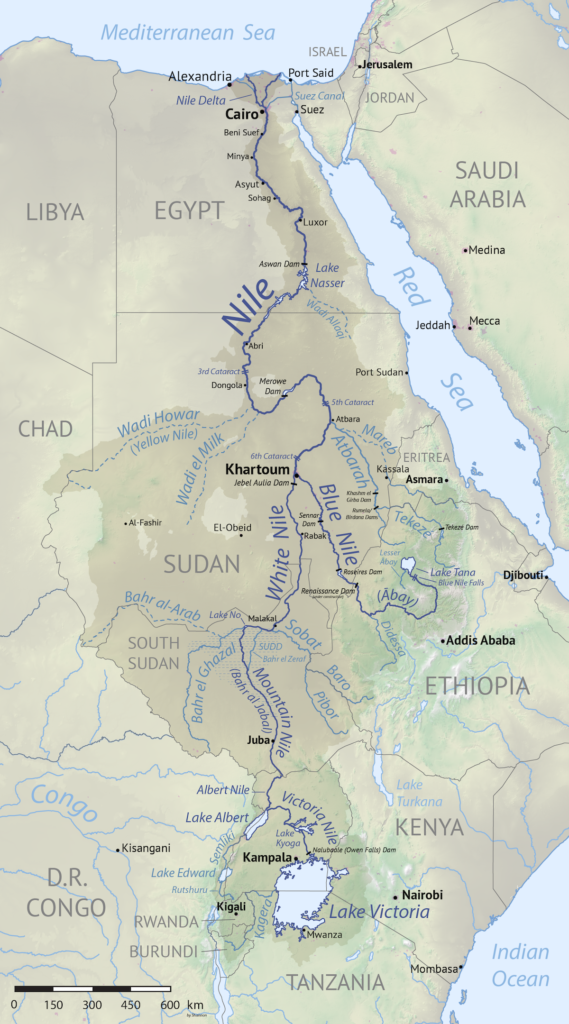
John Speke had ‘theorised’ Lake Victoria as the source of the Nile when he had visited it during the Nile Expedition. This expedition had been conducted with Richard Burton in 1857. Incidentally, Speke had named the lake after the then Queen of England. His reasoning was “validated” on his second expedition with James Grant to the White Nile. It was also confirmed by Henry Staley, who had circumnavigated Lake Victoria.
And so, it was Lake Victoria that was accepted as the source of the Nile for many decades since.
If not Lake Victoria – what is the source of the Nile?
The above accepted notion of the Source underplays / ignores an important fact. Lake Victoria itself is fed by other rivers (including underground sources). If we have to get to the Source of the River, as per the above definition of the furthest point, we need to get to the longest source of the feeder rivers of Lake Victoria.
The lake’s main feeder river, located on its western edge, is the Kagera River. How and why Speke or Stanley did not see or made deliberately ignored the presence of Kagera River is a mystery. This river is by no means small. In fact, indeed, the Kagera is much wider than the Victoria Nile after the Ripon Falls. Albeit though the Kagera, as compared to the Nile near Lake Victoria, is less swift in its flow and with no rocky cataracts.
Source of the Nile = Source of River Akagera
Today, it is quite clear that Lake Victoria is not the Source of the Nile. National Geographic and almost every other geographic authority / atlas do not define the source of the Nile River as Lake Victoria’s outlet. Accepting this would actually reduce the Nile’s length by over 900 km dropping it to 4th / 5th on the list of world’s longest rivers. Instead, they all use the source of the largest river flowing into Lake Victoria, the Kagera River.
Interestingly, a German explorer Richard Kandt, in 1898, discovered the source of the Kagera river to the Nyungwe forest in Rwanda. Thus, we may have had a potential candidate as a the ‘real’ source of the Nile early on itself!
The debate: What is the source of River Kagera?
River Kagera (or Akagera) itself has two main tributaries: the Ruvyironza (later Ruvubu) River, which rises at Mount Kikizi in Burundi, and the Nyabarongo River, which rises at Mount Bigugu in Nyungwe Forest, Rwanda. These rivers have their confluence near Rusumo falls on the Rwanda – Tanzania border.
The key question is which of these tributaries can qualify as the Source of the Nile? Whichever is longer is the answer? But herein lies the problem! As per Wikipedia (https://en.wikipedia.org/wiki/Kagera_River#cite_note-2 ) – it is unknown which of these two feeder rivers is the longer and hence the ultimate source of the Nile. Experts do not agree on this simple matter and the debate continues.
Conclusion??
From what I understand or guess, Burundi (i.e. Mt. Kikizi) is undeniably the Southern-most source of the Nile. But, Nyungwe in Rwanda (to the west) may as well be the furthest source in terms of length. In March 2006, a trio of explorers (Ascend the Nile expedition) announced they had followed the Nile to its remotest point using Global Positioning System (GPS) devices. They concluded that Rukarara River, a tributary of Nyabarongo River, originated in a muddy pool deep in the Nyungwe Forest. This made it the furthest (in length) tributary (indirect) of the Akagera and hence, the Source of the River Nile!!
Note: This point is barely 15 kms away from the Nile source declared by Richard Kandt in 1898!
I suppose Rwanda Development Board has to take this on and add the ‘Source of the River Nile’ to its list of its prize tourist attractions. Of course, in addition to Mountain Gorilla tracking and Chimpanzee tracking! So far, they appear to be ‘shy’ of claiming this prize!

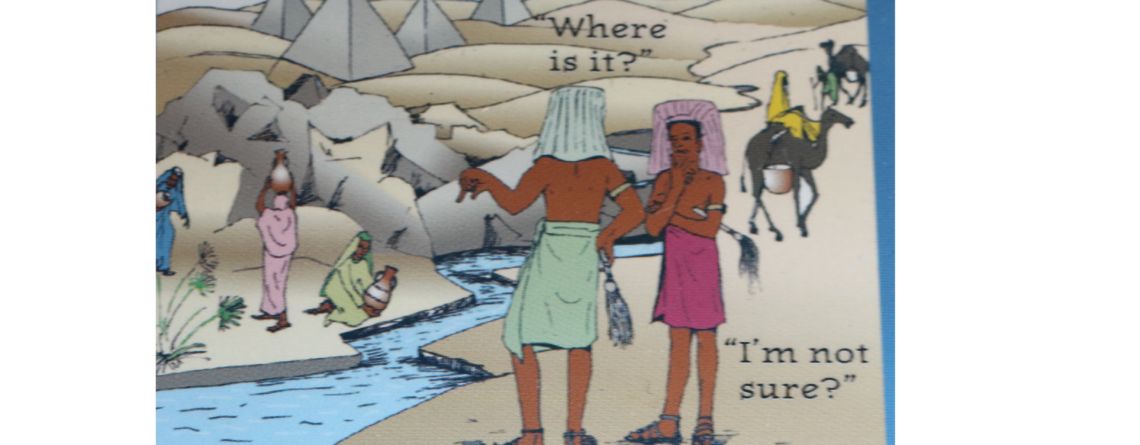
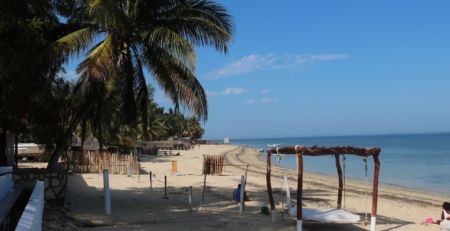

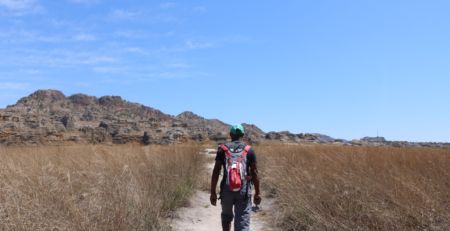
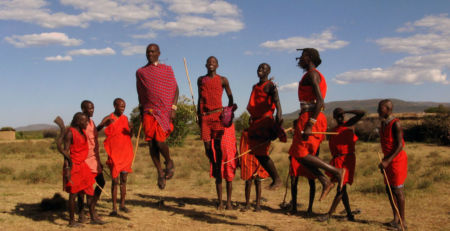
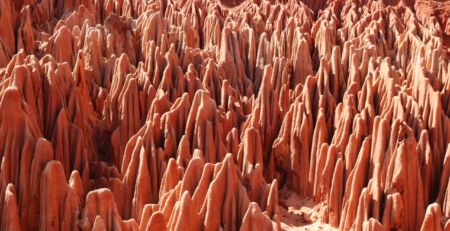

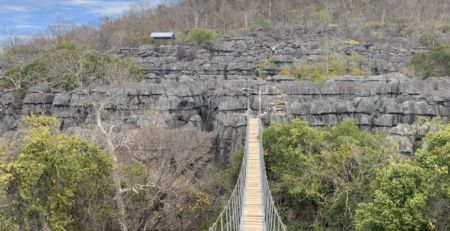
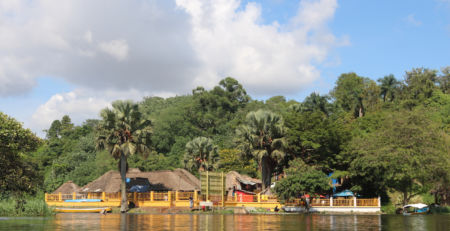
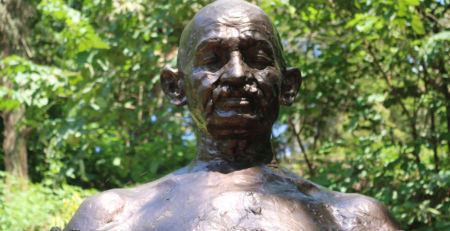
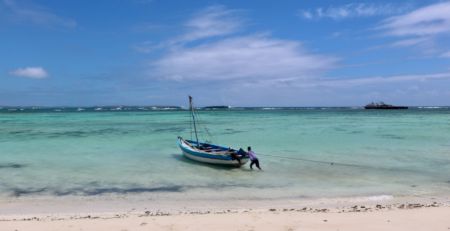
Comments (3)
Source of Nile River is Tana lake in Ethiopia.
Dear Zack,
Yes, Lake Tana is the source of the Blue Nile. But when we are talking about the source of the River Nile per se (which is a combination of the Blue Nile and the White Nile), we need to take the furthest point of the tributaries. In this case, we need to take the source of the White Nile.
Do refer to the definition of a source in the blog: ” This most commonly accepted definition of a river source specifically uses the most distant point (along the waterbody from the river mouth) in the drainage basin from which water runs year-around (perennially). Or alternatively, the source is the furthest point from which water could possibly flow ephemerally (i.e. the path along which water flows at any point of the year and not necessarily perennially).”
Even for the source of the White Nile – the debate is far from being settled!
Regards,
I think the source of River Nile is Lake Victoria, but the source of Lake victoria is River Kagera. However complex the definitions are written.